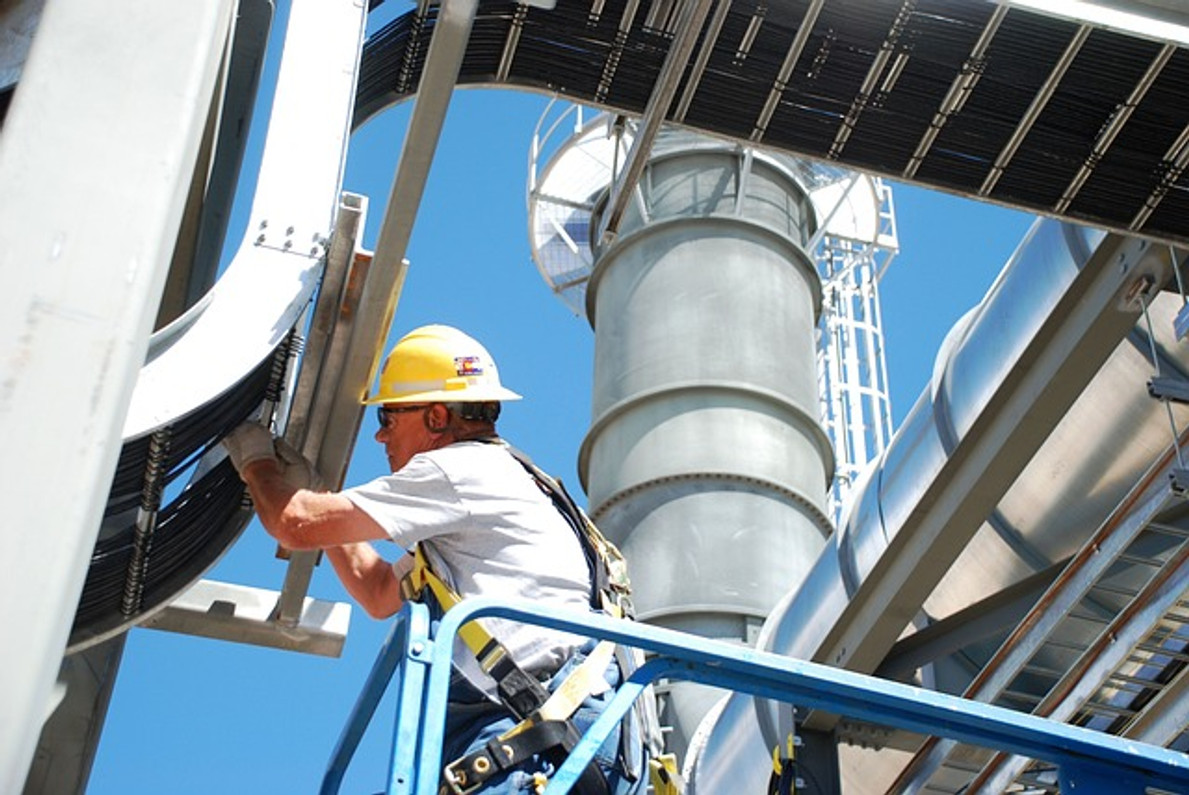What Is a Self-Retracting Lifeline and How Does it Work?
Falls remain one of the leading causes of work-related injuries. According to the U.S. Centers for Disease Control and Prevention (CDC), about one-quarter of all nonfatal injuries in the workplace involve falls. While falls from the sale level often result in a minor injury, though, falls from an elevated level can be fatal. This is why the Occupational Safety and Health Administration (OSHA) requires workers to use fall protection systems when working from an elevated level.
What Is a Self-Retracting Lifeline?
A self-retracting lifeline is a fall protection system consisting of a retractable line. Also known as a self-retracting lanyard, it serves as an anchor point for workers. If you're working from an elevated level, you may want to use a self-retracting lifeline. You can secure the base of the self-retracting lifeline to the elevated level from which you are working. You can then connect the self-retracting lifeline to a secure point on your body.
How a Self-Retracting Lifeline Works
Self-retracting lifelines work like the seatbelts in most vehicles. In normal conditions, they will roll out new line as you move your body away from them. If a self-retracting lifeline detects a substantial increase in speed, though, it will lock up. The self-retracting lifeline won't roll out new line. By locking up, it will prevent you from falling.
This is the same principle behind seatbelts. You can pull a seatbelt to create slack. If you're in an accident, however, you'll be flung forward. The seatbelt will recognize this increase in speed, and it will lock up as a result.
What to Look for When Choosing a Self-Retracting Lifeline
If you're thinking about buying a self-retracting lifeline, there are several things you should consider. A swiveling anchor connector is a useful feature to look for it. All self-retracting lifelines have an anchor connector. It's the part that you connect to a secure anchor point. While some self-retracting lifelines have a stationary anchor connector, others have a swiveling anchor connector. They can swivel in all directions while providing you with a higher level of mobility.
You should consider the length when choosing a self-retracting lifeline. The length will ultimately determine how far you can move from the anchor point when connected to a self-retracting lifeline. A 20-foot self-retracting lifeline will allow you to move up to 20 feet away from the anchor point, whereas a 30-foot self-retracting lifeline will allow you to move up to 30 feet away.
Recent Posts
-
Fire Safety in the Workplace: What You Need to Know
What steps are you taking to prevent fires in your workplace? According to the U.S. Occupational Saf …Aug 23rd 2023 -
Is It Safe to Go Jogging With a Cold Infection?
If you're suffering from a cold infection, you might be wondering whether it's safe to go jogging. T …Aug 22nd 2023 -
5 Safety Tips to Follow When Using a Powder-Actuated Tool
Powder-actuated tools are commonly used to join materials to steel and concrete. Also known as Hilti …Aug 20th 2023




